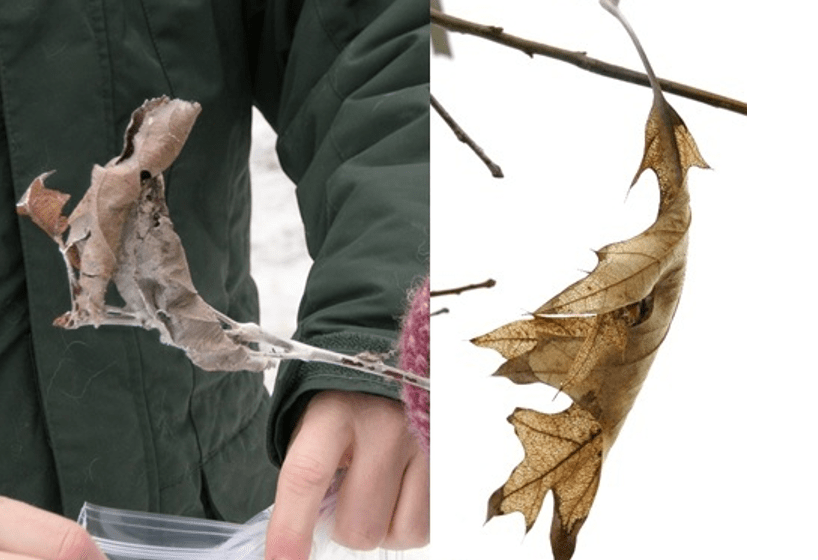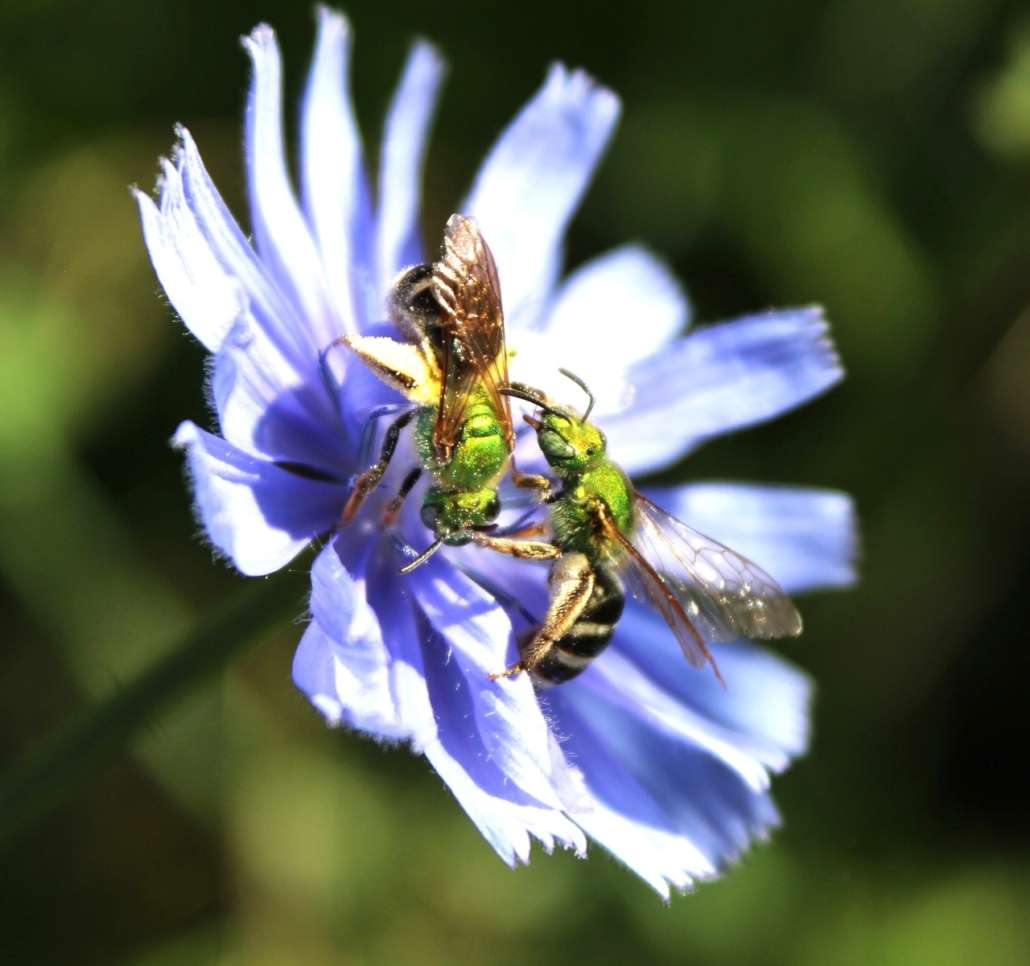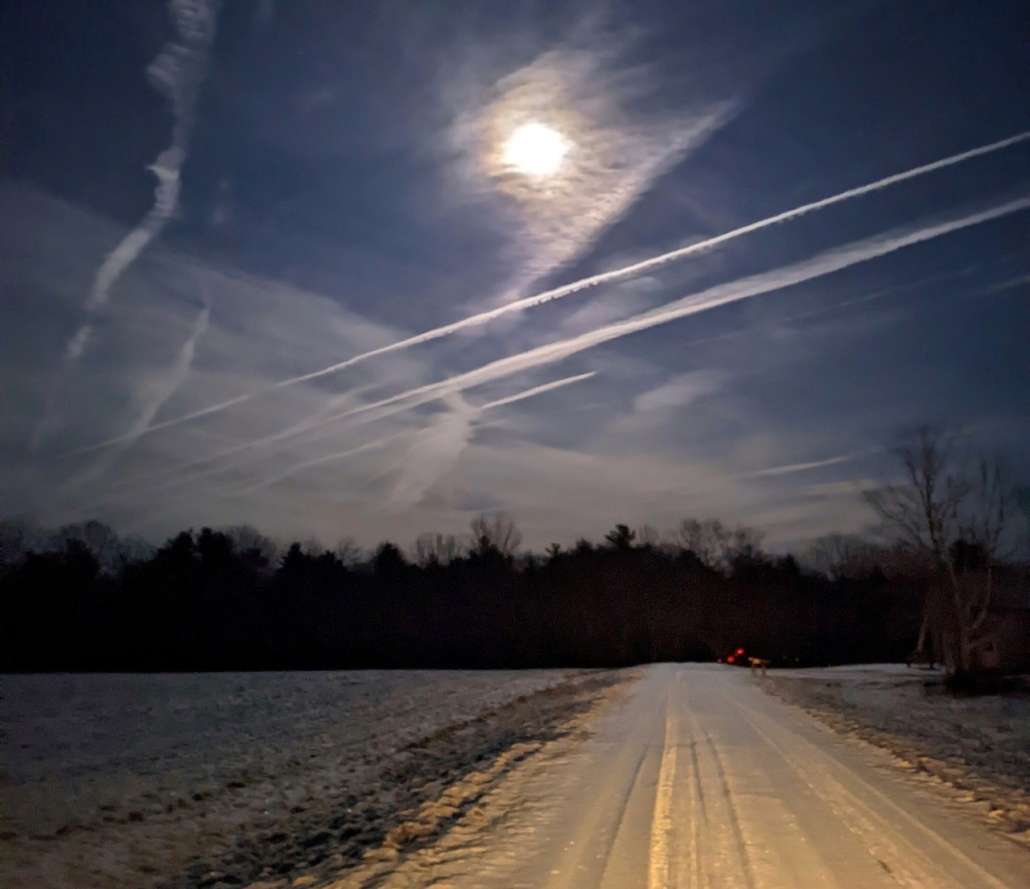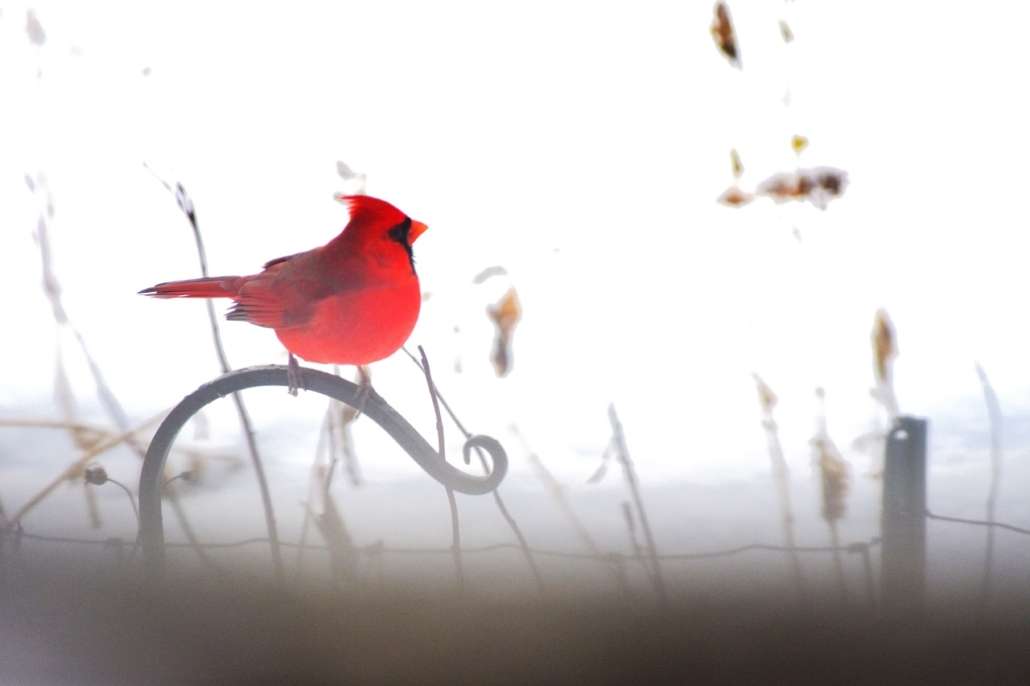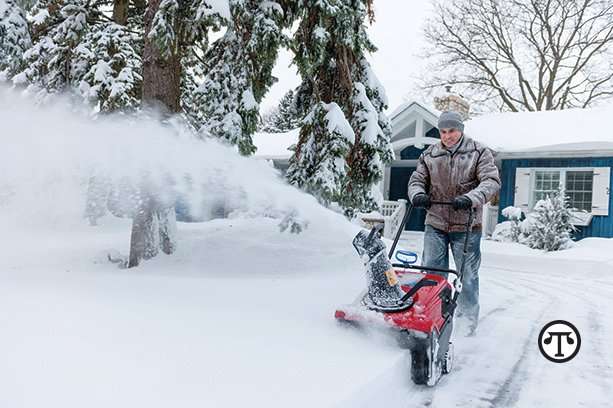FOR YOUR HEALTH: Holiday Halitosis: Causes and Combatants of Bad Breath
 You can avoid bad breath during holiday gatherings.
You can avoid bad breath during holiday gatherings.
(NAPSI)—Here’s a hint to help everyone breathe easier this holiday season: Before you head out the door to your next holiday function, make sure your breath is set for close conversation by knowing the culprits of bad breath and the simple solutions that keep you safe from catching an unwelcome whiff.
“Bad breath can be from skipping healthy oral hygiene habits or it can be indicative of a deeper issue,” said Kyle Dosch, DDS, Delta Dental of Washington’s dental director and member dentist. “Combining good habits and consistent visits to the dentist will help keep halitosis away.”
There are many causes of bad breath, and even those who are diligent about their oral hygiene can suffer from it. The most common are:
•Dehydration: Not consuming enough water can lead to a decrease in saliva production, causing bacteria in the mouth to grow.
•Dry mouth: Saliva contains antimicrobial properties that help eliminate bad breath. When this saliva is not naturally produced, it can cause your breath to smell stale.
•Lack of denture cleanliness: If you have dentures, food particles can get stuck in them, and if left overnight, they can begin to break down and cause bad breath. Consistently removing dentures at night and regularly cleaning them is important.
•Tonsil stones: Tonsil stones develop when food and bacteria get trapped and harden in the crevices surrounding the tonsils, resulting in little white spots at the back of your tonsils and, sometimes, a foul odor.
•Mouth, nose and throat infections: Postnasal drip, which can be caused by a cold or sinusitis, is a sign that bad breath may be close behind. The bacteria from these infections feed on mucus your body produces when it begins an immune response, leading to bad breath.
•Acid reflux: Suffering from heartburn or GERD (Gastroesophageal Reflux Disease) can go hand in hand with bad breath. When food doesn’t move out of the body effectively, it can start to decay in the stomach and contribute to bad breath.
•Consuming certain food or beverages: Garlic and onions are delicious additions to dishes, but they are also rich in sulfur compounds. When cut, mashed or chewed, they release gasses which combine with bacteria in the mouth to form bad breath that can last hours after a meal.
•Low-carb diets: Low-carb diets can result in bad breath from a release of chemicals which happens as the body burns fat.
•Tobacco use: Smokers’ breath is a direct result of tobacco use. Tobacco products leave their own odor, and smoking can lead to dry mouth and gum disease, which contribute to many issues including halitosis.
What You Can Do
•Brush and floss twice a day.
•Use antibacterial toothpaste to keep bacteria and plaque at bay.
•Scrape your tongue with a tongue scraper or your toothbrush in the morning and at night.
•Replace your toothbrush around once every two months.
•Drink plenty of fluoridated tap water to avoid dehydration and dry mouth.
•Visit your dentist for bi-annual checkups and cleanings.
•Chew fresh mint, cilantro or parsley.
•Avoid eating garlic and onions.
•Stop smoking.
Learn More










